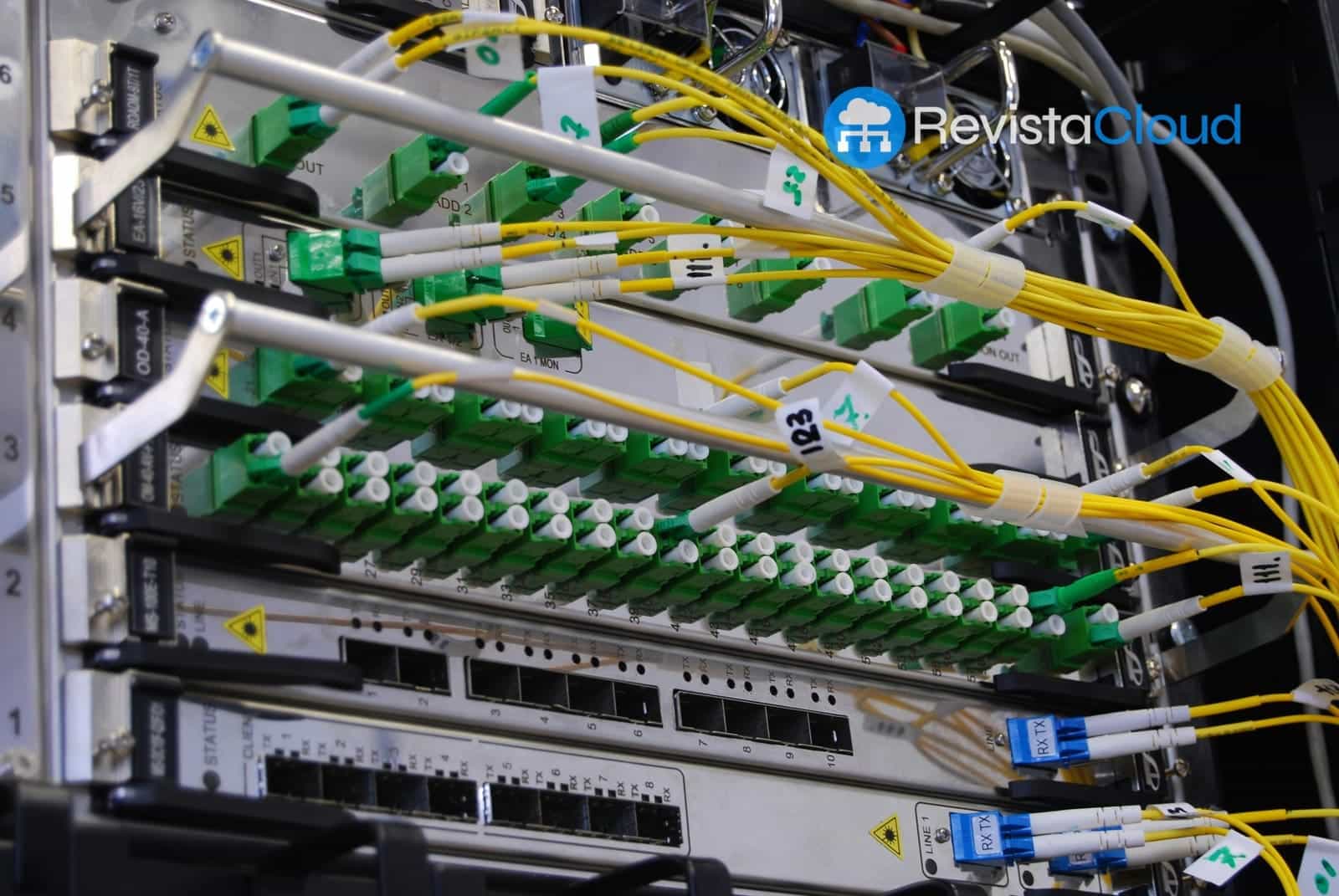The new photonic silicon and BiCMOS technologies will enable optical interconnections of 800Gb/s and 1.6Tb/s, optimizing performance and energy efficiency.
STMicroelectronics (NYSE: STM), a global leader in semiconductors, has announced its new generation of proprietary technologies to enhance optical interconnection in data centers and Artificial Intelligence (AI) clusters. With the exponential growth of AI-based computing, challenges in performance and energy efficiency have intensified across multiple areas, from computing and memory capacity to power supply and connections among them.
To tackle these challenges, ST is developing a roadmap with key industry partners, focused on designing plug-and-play optics with greater energy efficiency and the next generation of GPU interconnection in AI clusters. The implementation of these innovations is set to begin in the second half of 2025, featuring 800Gb/s and 1.6Tb/s optical modules.
Photonic Silicon and BiCMOS: A revolution in optical connectivity
Hyperscale data centers rely on hundreds of thousands of optical transceivers, devices that convert optical signals to electrical ones and vice versa to facilitate communication between GPUs, switches, and storage. In this context, ST’s new photonic silicon (SiPho) and BiCMOS technologies will enable:
- Integration of multiple complex components onto a single chip, reducing costs and increasing efficiency.
- Ultra high-speed optical connectivity with low power consumption, crucial to sustain the growth of AI.
- Production on 300 mm processes in Europe, ensuring an independent and high-volume supply chain for optical module developers.
“The demand for AI is accelerating the adoption of high-speed communication technologies in data centers. This is the right time for ST to introduce its photonic silicon technology, complemented by a new generation of BiCMOS, to enable our customers to design the next wave of optical interconnection products,” emphasized Remi El-Ouazzane, president of the Microcontrollers, Digital Circuits, and RF Group at STMicroelectronics.
Collaboration with Amazon Web Services and market outlook
One of the key strategic partners in this development is Amazon Web Services (AWS). According to Nafea Bshara, vice president and distinguished engineer at AWS:
“AWS is pleased to collaborate with STMicroelectronics on the development of the new photonic silicon (SiPho) PIC100 technology, which will facilitate interconnection across any workload, including Artificial Intelligence. We are excited about the innovations this will unlock for the optical and AI market.”
The market for plug-and-play optics for data centers is in full expansion. According to Dr. Vladimir Kozlov, CEO of LightCounting, this industry, valued at $7 billion in 2024, is expected to grow at a compound annual growth rate (CAGR) of 23% between 2025 and 2030, surpassing $24 billion by the end of the period. Additionally, the transceivers based on photonic silicon modulators will increase their market share from 30% in 2024 to 60% in 2030.
Manufacturing in Europe and leadership in optical interconnection
STMicroelectronics has confirmed that both its SiPho and BiCMOS technology will be industrialized and manufactured at its Crolles, France facility, using 300 mm processes. This strategy reinforces Europe’s technological autonomy, ensuring a local supply of key components for the data center and AI industries.
The launch of these technologies represents the first step in ST’s PIC product family. Through strategic partnerships with key industry players, the company aims to become a leading provider of photonic silicon and BiCMOS solutions for the data center and AI market, both in plug-and-play optics and in optical I/O in the future.
Source: ST

